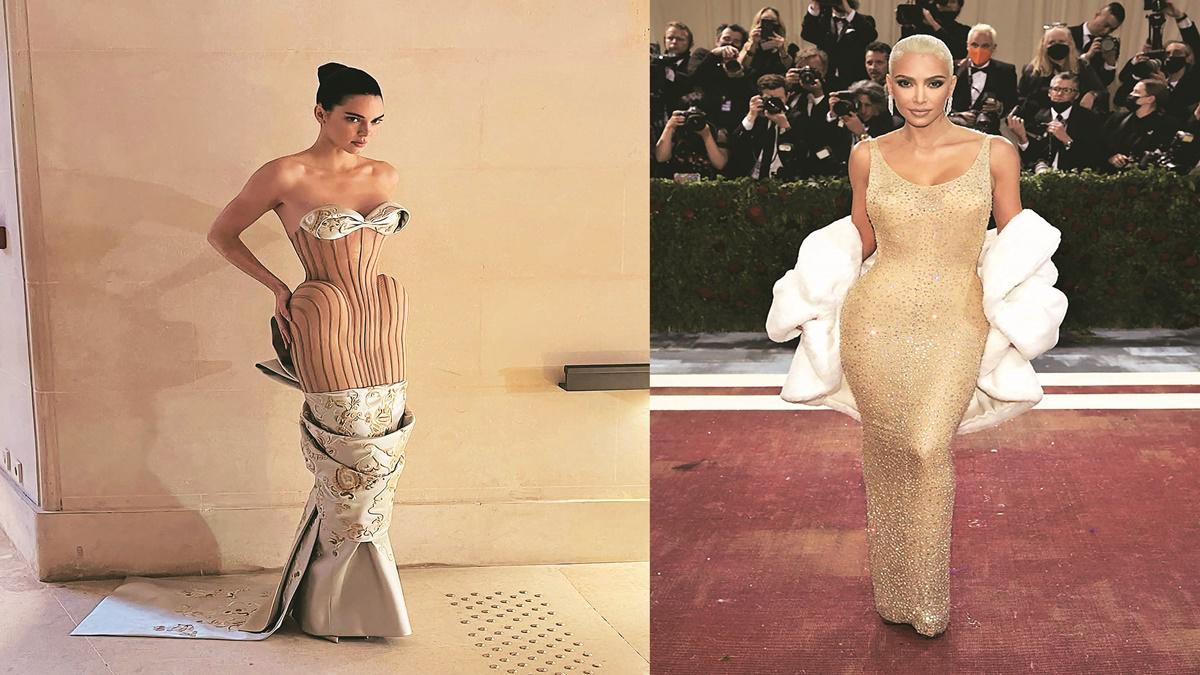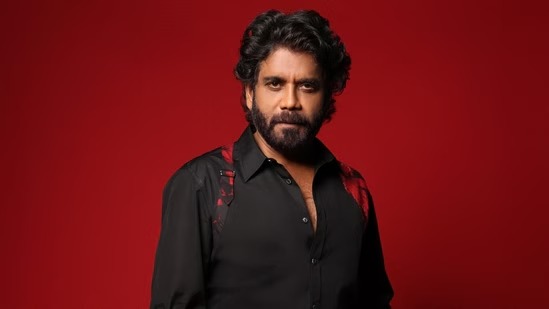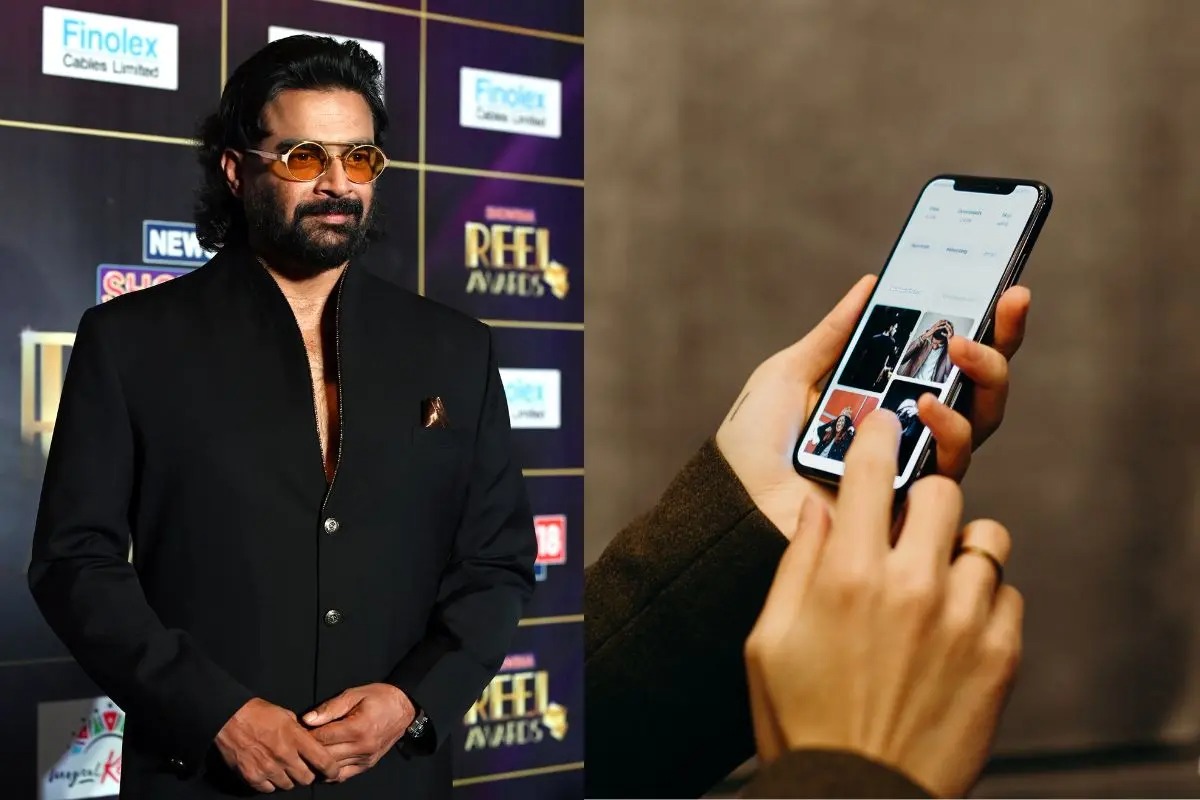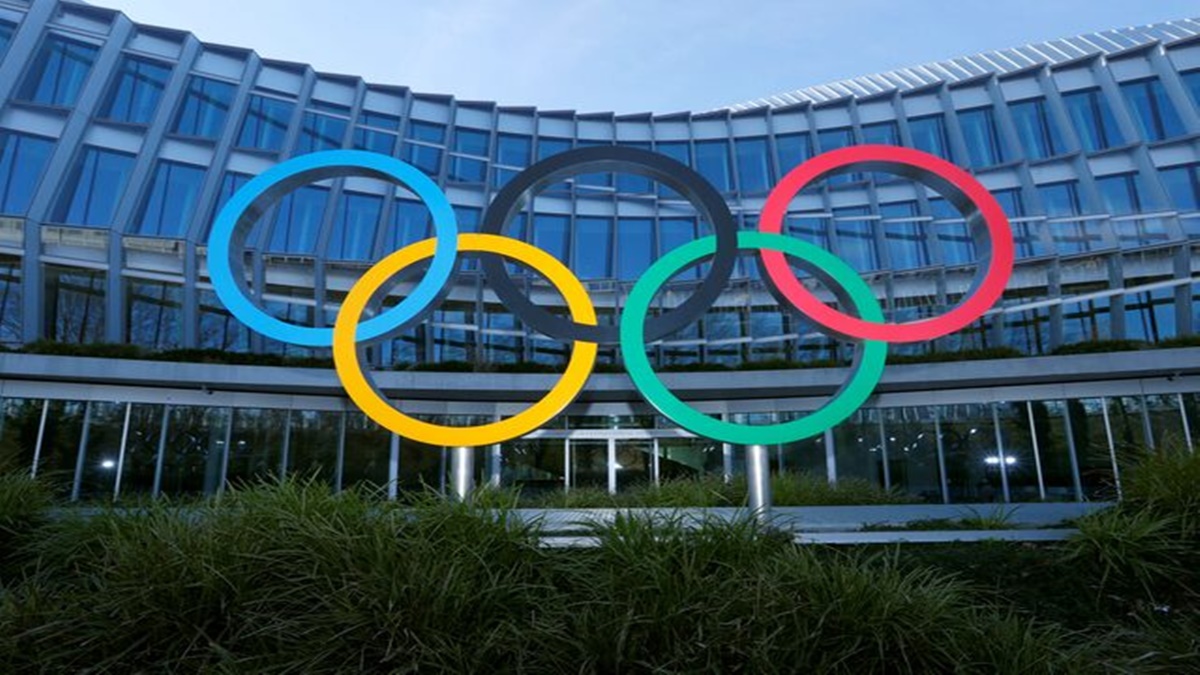 Image Source: The Financial Express
Image Source: The Financial Express
The resurgence of the size zero ideal is once again making headlines around the world. International fashion weeks are seeing a return to ultra-thin standards, causing both concern and heated debate among designers, models, public health advocates, and audiences. Yet, against this tide, India’s runway scene continues to be a torchbearer for body inclusivity, showcasing a refreshing contrast to global trends. Here’s a detailed look at the nuances, key data, and wider implications shaping this debate.
Current Global Climate: Size Zero Makes a Strong Comeback
The Spring/Summer 2025 international fashion weeks signaled a dramatic shift back to size zero and size 0–4 models dominating runways and campaigns. Nearly 95% of appearances at the so-called “Big Four” fashion weeks (New York, London, Milan, Paris) featured straight-size models, sidelining plus-size and even average-sized bodies.
Concerns over the reappearance of extreme thinness center around the glamorization of underweight figures and the possible influence of weight-loss drugs like Ozempic in mainstream culture. This has reignited debates about body positivity, mental health, and the responsibilities of the global fashion industry with respect to public health.
Experts and activists criticize what they see as superficial inclusivity from some brands—using a handful of plus-size models for tokenism, rather than real systemic change across campaigns and product sizing. According to commentary released in March 2025, this retrenchment is not just visible in editorial choices but also in hiring practices, product sampling, and the broader aesthetics pushed by leading luxury houses and fast fashion giants.
Brands such as Victoria’s Secret, once pressured to “rebrand” for body diversity following cancellations and social media backlash, have attempted to feature larger models in 2024–2025. However, critics note that changes often appear limited, performative, or driven by the fear of negative publicity rather than a true commitment to inclusion.
Industry insiders note that commercial priorities and the logistical ease of a single sample size continue to drive the dominance of size zero, despite public pledges for diversity and the banning of size zero models by some luxury groups in the EU.
Indian Ramps: The Contrasting Story of Inclusion and Celebration of Diversity
In striking contrast, Indian fashion weeks and major runway events prominently feature models of varied body types, complexions, and backgrounds. Designers in cities such as Mumbai and Delhi have continued to champion inclusivity, not just as a fleeting trend but as part of their evolving brand identities and business strategy.
Recent Indian fashion shows have highlighted models spanning sizes, ages, and abilities, with designers like Sabyasachi, Anamika Khanna, and Rahul Mishra at the forefront of representation. Audiences have responded with enthusiasm, making such events some of the most photographed and shared on social platforms.
The local fashion ecosystem’s embrace of body positivity goes beyond runways to retail shops and advertising. Many Indian brands are expanding size ranges and using non-traditional influencers whose styles resonate with real, diverse customers.
Public perception data and sales performance analyses indicate that Indian consumers increasingly reward brands that reflect the country’s diversity and create clothing for a broader spectrum of bodies, not just the ultra-thin.
This inclusivity is not accidental—designers and event organizers cite India’s rich cultural heritage, regional diversity, and changing market demographics as direct reasons for making inclusivity a norm rather than a novelty.
Debate and Implications: Walking the Tightrope Between Aspiration and Health
Body image experts caution that global moves back to size zero are set against a backdrop of rising global rates of eating disorders, body dysmorphia, and mental health struggles among young people.
India’s leadership in inclusive fashion, supported by grassroots movements and social media advocacy, may serve as a counter-example for the world, showing that diversity can coexist with high fashion and commercial success.
The debate will likely intensify as brands on both sides respond to consumer activism, shifting health priorities, and evolving legal or ethical standards. The challenge for India lies in resisting international pressures and sustaining momentum on inclusivity, even as foreign trends circulate via celebrities and media.
In summary, while the global fashion scene teeters on the edge of returning to dated ideals epitomized by size zero, Indian runways continue to champion diversity and real representation—suggesting that, at least for now, fashion’s future can still be shaped by inclusivity, authenticity, and health.
Sources: Financial Express
Advertisement
STORIES YOU MAY LIKE
 Image Source: Business Today
Image Source: Business Today
 Image Source: Hindustan Times
Image Source: Hindustan Times
Advertisement





